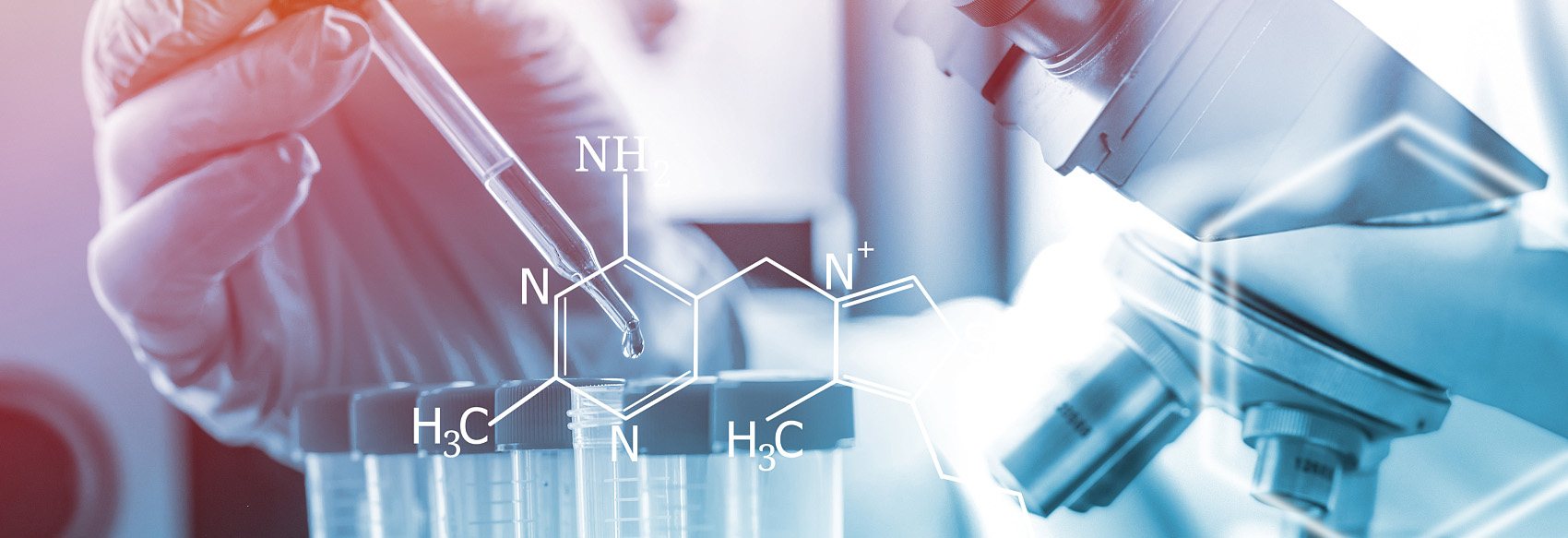- Home
- Resources
- Product Focus
- PROTAC Building Blocks: Precision Tools to Targeted Protein Degradation
- Home
- Hot Products
-
Products
- Targeted Protein Degradation (TPD)
-
APIs
- Featured Products
-
Main Products
- Amino Acids
- Analgesics
- Anesthetics
- Anti-Anemia
- Antibacterials
- Anticancer
- Anticholinergics
- Anticoagulant
- Anticonvulsants
- Antidepressant
- Antidiabetics
- Antiemetics
- Antifungals
- Antigout Agent
- Antihelmintics
- Antihistamines
- Antihyperlipidemic
- Antihypertensive
- Anti-Infective Drugs
- Anti-Inflammatory Agents
- Antimalarials
- Anti-Migraine
- Antiparkinson Agents
- Antipsychotic Agent
- Antirheumatic
- Antivirals
- Bile and Liver Therapy
- Bone Diseases Drugs
- Cardiovascular
- CNS agents
- Contrast Agent
- Dermatological Agents
- Digestive System Drugs
- Drugs Influencing Immune Function
- Hormones / Steroids
- Muscle Relaxant
- Nervous System Drugs
- Nucleoside / Nucleotide Drugs
- Oligonucleotide Series Products
- Oncology
- Ophthalmic Agents
- Other APIs
- Peptide Series Products
- Phytochemicals
- Respiratory Drugs
- Small Molecule Series Products
- Urinary System Drugs
- Vitamins
- Nucleosides
- Intermediates
- Custom Synthesis
- Others
-
Services
-
Drug Discovery and Research
-
Chemical Services
- Medicinal Chemistry Service
- Synthetic Chemistry Service
- Analytical Chemistry Service
- Bioorganic Chemistry Service
- Computational Chemistry Service
- Separation and Purification Service
- Library Synthesis Service
- PROTAC Service
- DNA-Encoded Library (DEL) Services
- Scaling Up Chemistry Service
- Pharmaceutical Intermediate Development Service
- API Development Services
- Pharmaceutical Preparation Services
- Biology Services
- Early Pharmacokinetic Services
-
Chemical Services
- Preclinical Drug Research
-
Drug Research Service Platforms
- Targeted Protein Degradation (TPD) Technology Platform
- Pharmaceutical Research CDMO Platform
- Peptide-drug Conjugate R&D Platform
- Translational Medicine Platform
- Immunohistochemical Technology Platform
- Small Molecule Drug Technology Platforms
- API Process R&D Platform
- Preparation Technology Platforms
- Analytical Testing Platform
- Solid Form Screening Platform
- SEND Format Conversion Platform
- Drug Forming Research Platform
- Nucleic Acid Drug R&D Platform
- Cellular Immunotherapy Research Platform
- mRNA Vaccine Bioanalysis Platform
- ADC R&D Service Platform
- Ophthalmic Drug R&D Platform
- Peptide Technology Platform
- Drug Separation Technology Platform
- Product Testing Services
- Regulatory Submission Services
-
Drug Discovery and Research
- Solutions
- Techniques
- Resources
- Company

 Schematic diagram of PROTAC mechanism of action (Kelm, Jeremy M., et al., 2023)
Schematic diagram of PROTAC mechanism of action (Kelm, Jeremy M., et al., 2023)
 (Cornu, Marie, et al., 2025)
(Cornu, Marie, et al., 2025)